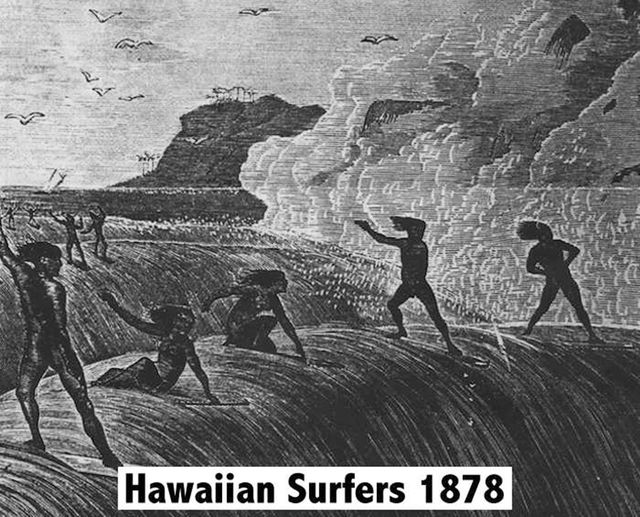During the late 1800s, Native Hawaiian James Apu of Kauai was widely known throughout the Hawaiian Islands for his extraordinary feats both on and under the water. An expert free diver, he would routinely dive underwater while holding his breath
During the late 1800s, Native Hawaiian James Apu of Kauai was widely known throughout the Hawaiian Islands for his extraordinary feats both on and under the water.
An expert free diver, he would routinely dive underwater while holding his breath for up to four minutes at a time to spear fish — and was particularly noted for his odd habit of diving for fish without regard to time, place or circumstance.
Once, in 1893, after becoming hungry for fish while onboard an inter-island passenger steamer off Diamond Head, Oahu, he thought nothing of grabbing his spear and jumping overboard to dive for fish, which he succeeded in spearing and hauling aboard the steamer a few minutes later — all to the amazement of his fellow passengers.
One of his swimming feats occurred earlier, in 1884, during a trip to Molokai by way of a small sailing schooner with a few of his Native Hawaiian friends.
As it happened, he got to drinking gin with them, took a nap and found himself alone on shore after they’d played a joke on him by sailing off without him to Maui, about eight miles distant.
No problem for Apu; he simply took off his clothes, tied them on his head in a bundle and swam after the departed schooner.
But, his inebriated friends would not let him onboard when he caught up to them, so he boldly proceeded to swim the entire distance between Molokai and Maui — the Pailolo Channel — through swift and dangerous currents, and actually reached Maui before they did.
Apu’s 12-foot-long, black painted surfboard, upon which he stood while surfing, was fashioned of redwood, which he preferred, since it was lighter than koa.
His fame as a surfer spread beyond Hawaii when he gave surfing exhibitions by the Cliff House in San Francisco, California, during the California Midwinter International Exposition of 1894.
The exhibition, held in nearby Golden Gate Park from January to July of that year, was attended by over 2 million visitors.


